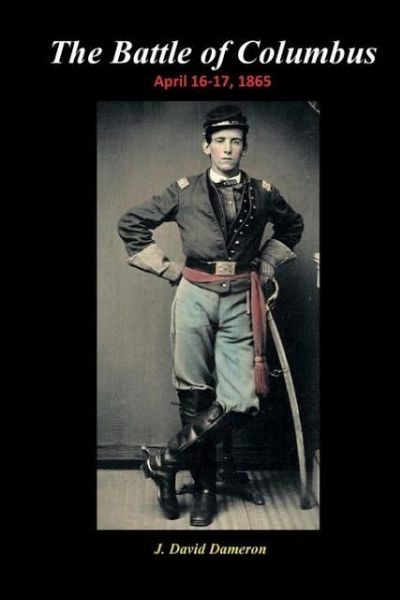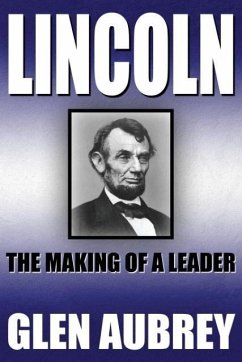
The Battle of Columbus
April 16-17, 1865
Versandkostenfrei!
Versandfertig in 1-2 Wochen
21,99 €
inkl. MwSt.

PAYBACK Punkte
11 °P sammeln!
The Battle of Columbus was fought on April 16-17, 1865. The industrial center of Columbus, Georgia was a target in a series of planned attacks in a Union campaign that had begun that spring. Cutting a large swath of destruction across Alabama and Georgia, "Wilson's Raid" was a brilliant Union success. In March of 1865, Major General James H. Wilson's massive raid pushed into the Confederate stronghold of Alabama. The Confederate charged with defending the state was the "Wizard of the Saddle," Lieutenant General Nathan Bedford Forrest. He sent word to General Wilson, "I know the nicest little p...
The Battle of Columbus was fought on April 16-17, 1865. The industrial center of Columbus, Georgia was a target in a series of planned attacks in a Union campaign that had begun that spring. Cutting a large swath of destruction across Alabama and Georgia, "Wilson's Raid" was a brilliant Union success. In March of 1865, Major General James H. Wilson's massive raid pushed into the Confederate stronghold of Alabama. The Confederate charged with defending the state was the "Wizard of the Saddle," Lieutenant General Nathan Bedford Forrest. He sent word to General Wilson, "I know the nicest little place down here, in the world, and whenever he is ready, I will fight him with any number from one to ten thousand Cavalry and abide the issue. General Wilson may pick his men and I'll pick mine. He may take his sabers and I'll take my six shooters." Forrest's challenge to Wilson was met with an overwhelming response. The outnumbered Confederate cavalry fought the Union raiders in a series of battles across the state. The Battle of Ebenezer Church on April 1, 1865 was the Confederates first major loss in Alabama, and Forrest was nearly killed. The Confederates then retreated to the defenses of the industrial center at Selma. Wilson's raiders hounded their enemies in close pursuit. On April 2nd, the Confederate Cavalry was crushed again by the Union juggernaut. Forrest and his surviving forces disappeared into the rural environs. The Union cavalry pushed on to Montgomery and on April 12th, with little resistance, Wilson triumphantly accepted the surrender of the Alabama State Capitol. Wilson's Cavalry Corps then pushed toward Georgia to attack Columbus. Remnants of Forrest's cavalrymen clashed with Wilson's Corps in attempts to delay the massive thrust of the Union forces. At Columbus, Confederate defenses were prepared along the strategic bridges of the Chattahoochee River. The fortifications along the Chattahoochee River were the final stronghold of the Confederacy. Meanwhile, the Confederate Capitol at Richmond had fallen, President Davis was on the run, and General Lee surrendered his forces on April 9, 1865. Yet, elsewhere, the war continued. Wilson was attacking a region with severed lines of communications and the combatants were unaware that the South had already lost the war. On April 16-17, 1865, Wilson's Union Cavalry Corps assaulted the defenses guarding the Confederate bastion and industrial center of Columbus, Georgia. This final clash of forces served as the last major battle of the Civil War. Richly illustrated with numerous maps, charts, and photographs!












